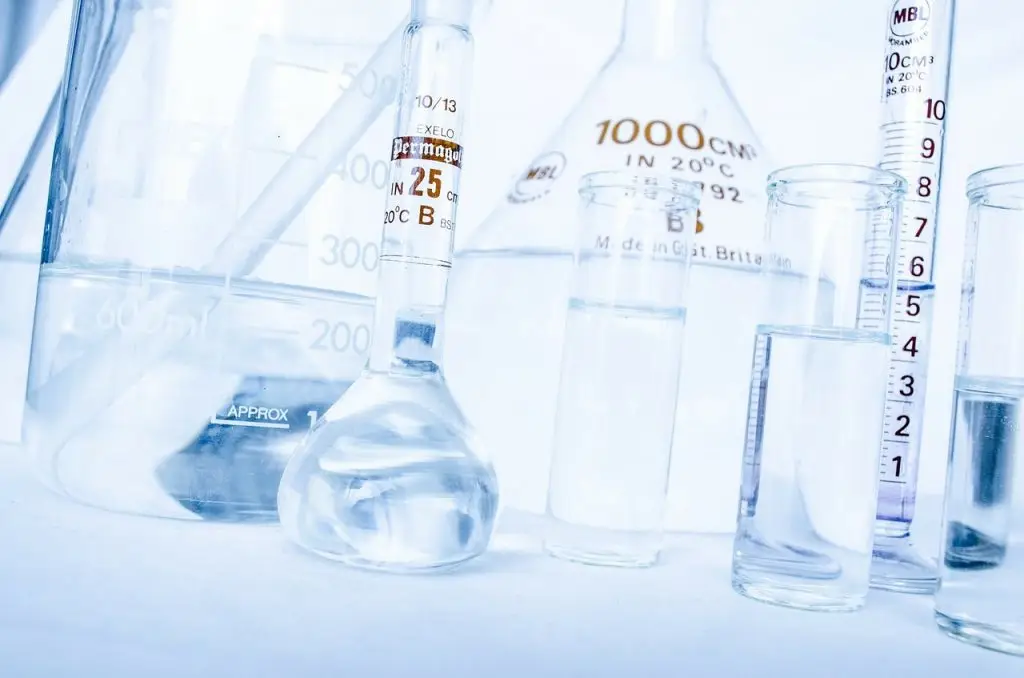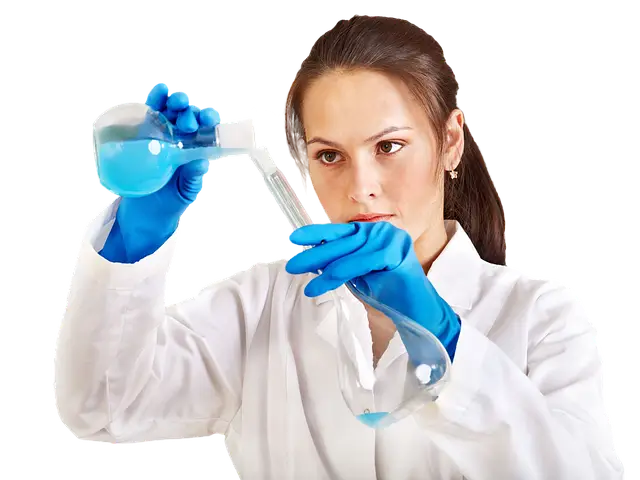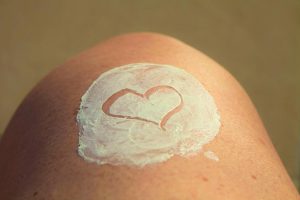All About Sunscreen
LifeSource Natural Foods | Posted on |

It’s no secret that prolonged exposure to UV rays leads to sunburn and increases the risk of skin cancer. It’s also common knowledge that protecting your baby’s skin with sunscreen is especially important. But did you know that many sunscreens contain chemical ingredients that may have adverse health effects for you and your little one?
The two basic types of sunscreen are chemical and mineral. The main difference between the two can be found in their ingredient lists. Chemical sunscreens have ingredients that may potentially cause health problems for you and your baby.

Mineral sunscreens, on the other hand, use two natural minerals—zinc oxide and titanium dioxide—as active ingredients. These minerals simply sit on top of your skin and protect it by reflecting away UV rays.

To better understand the differences between chemical and mineral sunscreens, let’s take a closer look at each.

Chemical Sunscreens
A chemical sunscreen is one whose active ingredients are non-natural, chemical compounds. A few examples of chemical ingredients commonly found in sunscreen are oxybenzone, avobenzone, octinoxate, homosalate, octisalate, and octocrylene. In addition to being unsafe for reefs and ocean life, research has shown a potential for harmful side effects to humans who use these products.





The active ingredients in chemical sunscreens, like the ones listed above, are effective because they absorb the sun’s UV rays. Then, through a chemical reaction, the sunscreen dissipates the UV rays. This means that your skin is protected because the UV rays never actually hit your body. Before these chemicals can offer any UV protection, though, your skin has to absorb them. This can cause irritation and discomfort, especially for children with sensitive skin.
Additionally, trace amounts of the chemicals found in chemical sunscreens can trickle into your bloodstream. Once in your bloodstream, they can filter into other bodily fluids, such as breastmilk. A study published by a team of scientists led by Dr. Margret Schlumpf of the University of Zurich found trace amounts of at least one sunscreen chemical in the breast milk of 76.5% of the women they tested.
Octinoxate was detected in a whopping 64.7% of the sampled women’s breast milk. Three other FDA-approved sunscreen chemicals—oxybenzone, octocrylene, and padimate O—were also found in significant amounts. This raises serious questions about breastfeeding safety.
The active ingredients in chemical sunscreens often seep into your bloodstream. What happens then? Some of the compounds can affect the hormone levels in your body. For example, studies show that chemical ingredients in sunscreens can increase the risk of endometriosis in women, decrease sperm concentration in men, and lower testosterone levels in adolescent males.
If research found that these chemical compounds might negatively affect your health, why did the FDA approve them? The short explanation is that the FDA approved these chemicals when they first began regulating sunscreen in the late 1970s. At that time, most of these chemicals had already been used in sunscreens for years. As such, they were approved without having to go through the normal process. In other words, they were grandfathered in.
Although recent research suggests that some of these chemicals are potentially harmful, the research is not yet conclusive. Scientists are still trying to understand the effects of the ingredients in chemical sunscreens. The FDA would need unquestionable evidence in order to reverse its approval and ban any single chemical from being used in sunscreens. That’s why they remain on the market today.
Are chemical sunscreens safe for humans? While we know that they are harmful to coral and other aquatic life, we simply don’t know enough about the effects on humans. More research is necessary before we can draw any definitive conclusions.
All of this might sound concerning, but don’t worry! There’s a safer option available for protecting yourself and your little one’s skin from the sun: mineral sunscreen.
Mineral Sunscreens
A mineral sunscreen is just what it sounds like—a sunscreen that uses minerals as its active ingredients. The minerals most often used are zinc oxide and titanium dioxide.
Mineral sunscreens are sometimes called physical sunscreens because they provide a physical barrier between your skin and the sun’s rays. Think of these minerals as millions of tiny mirrors resting on the surface of your skin, bouncing away harmful UV rays.
Sunscreens that contain only mineral-based active ingredients are safe to use on humans. The only thing to watch for is sunscreens that use both mineral and chemical ingredients. These sunscreens might advertise themselves as mineral sunscreens but may have chemical ingredients, too. As always, read the label and check the ingredients before putting any products on your baby’s skin.
If you’re looking for a sunscreen that’s safe for you or your child, LifeSource carries several brands of high quality, mineral only sunscreens that act as effective sunscreen for you and your little ones. Our sunscreens are certified reef safe too, so you don’t have to worry about harming our waters or sea life.
Why take chances with a chemical sunscreen when there are safe, effective options already available?






Leave a Reply